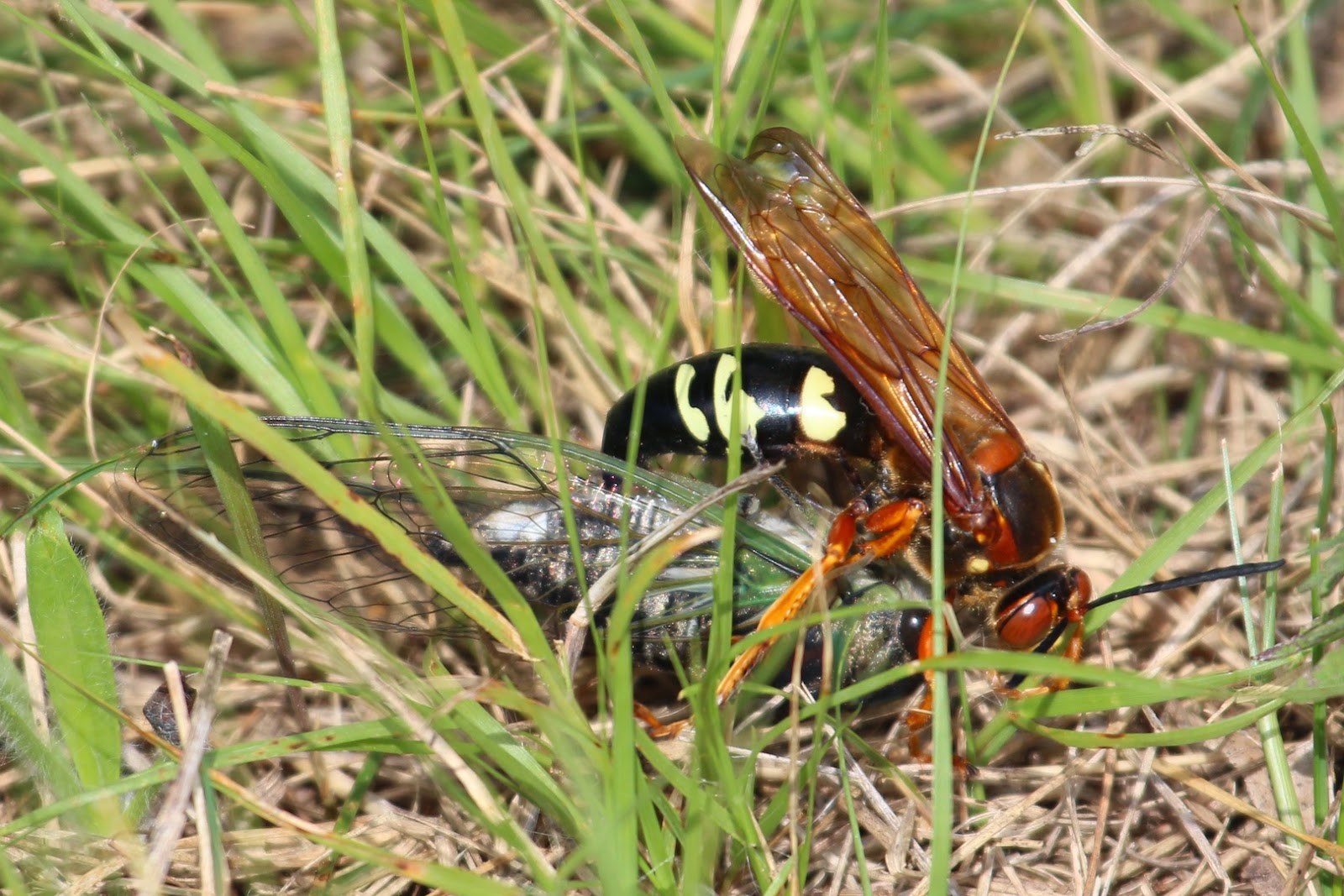Life and death at the pond.
I normally don't do video posts, they are too large and I don't think most people watch them. This happened at our little pond while I was waiting to photograph birds. I wasn't sure if I was recording it properly so I stopped it. They disappeared over a small log so I don't know what the end result was.



















